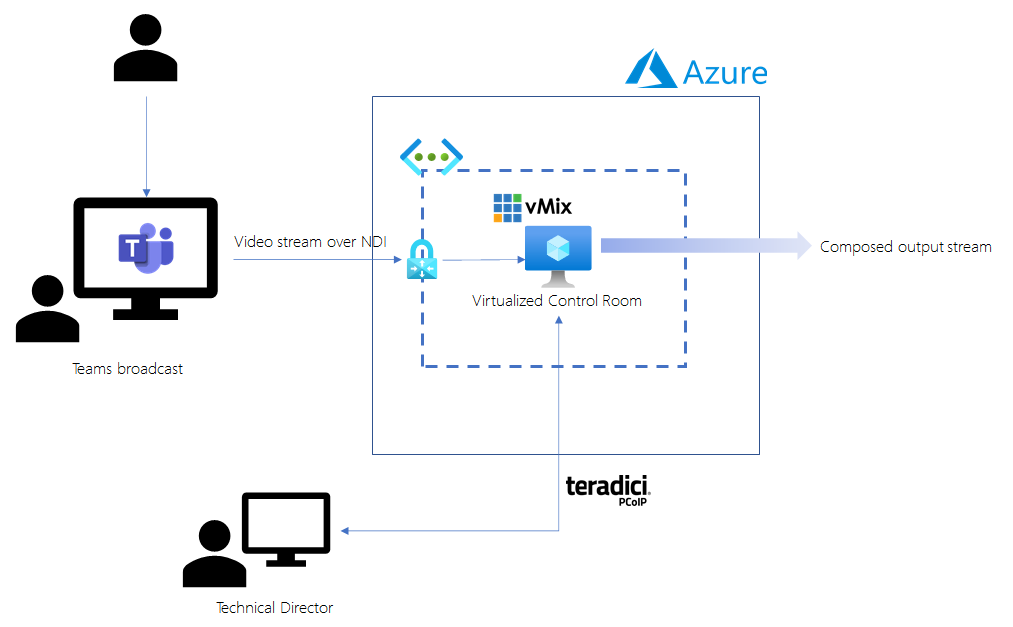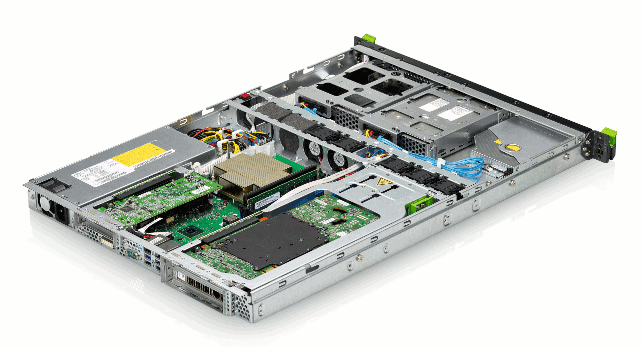
Hecht: Virtual workstations for media and entertainment (M&E) workloads need to support the latest in computer graphics and provide a similar level of performance as a physical workstation. Those instances can be used remotely and provide a similar experience to having a super powerful workstation right in front of you. In the context of using AWS virtual workstations for content production, we offer G4 instances, which comprise virtual NVIDIA T4 Tensor core GPU hardware and drivers. McDonald: Virtual workstations are the concept of leveraging compute that exists remotely from where you are physically located. Will McDonald, (AWS) Anne Hecht, (NVIDIA) and Ziad Lammam, (Teradici).įXG: What is the definition of a virtual workstation? Can you define it for us? The insights below come from conversations with Will McDonald, Product and Technology Leader at AWS Anne Hecht, Senior Director of Virtualization at NVIDIA and Ziad Lammam, VP Product Management at Teradici. Facilities faced with deploying collaborative virtual workflows for their teams have been working with Amazon Web Services (AWS), NVIDIA, and Teradici to find a secure way to get started.Ī recent virtual workstation roundtable offers best practices and a practical guide for teams to get up and running quickly and securely in the most scalable way possible. While the shift to the cloud has steadily gained momentum, current global conditions have significantly accelerated demand for cloud-based VFX solutions as studios and artists work to quickly implement secure and efficient means for continuing business remotely.īringing a physical workstation home may not be a reality for artists, but they can achieve similar or even enhanced performance remotely using a virtual workstation. Many studios are also leveraging the flexibility of the cloud to add more infrastructure when scaling up to meet deadlines. As their infrastructure ages, more studios are looking to the cloud, and the first cloud-native studios have now been born. Having a large, well-equipped server room has traditionally been a selling point for studios, but as cloud-based technologies enable virtualized and real-time workflows studios are now able to offer even greater flexibility and scalability. From the earliest days of computer-generated imagery until relatively recently, hardware has traditionally been purchased, managed, and hosted on-site (or in a data center) by the studios using it.


Visual effects and animation have pushed the boundaries of every single generation of technological advancement, often requiring significant investments in hardware to run workstations, render images, and store data.


Our virtual workstation roundtable is an fxguide special sponsored story.


 0 kommentar(er)
0 kommentar(er)
